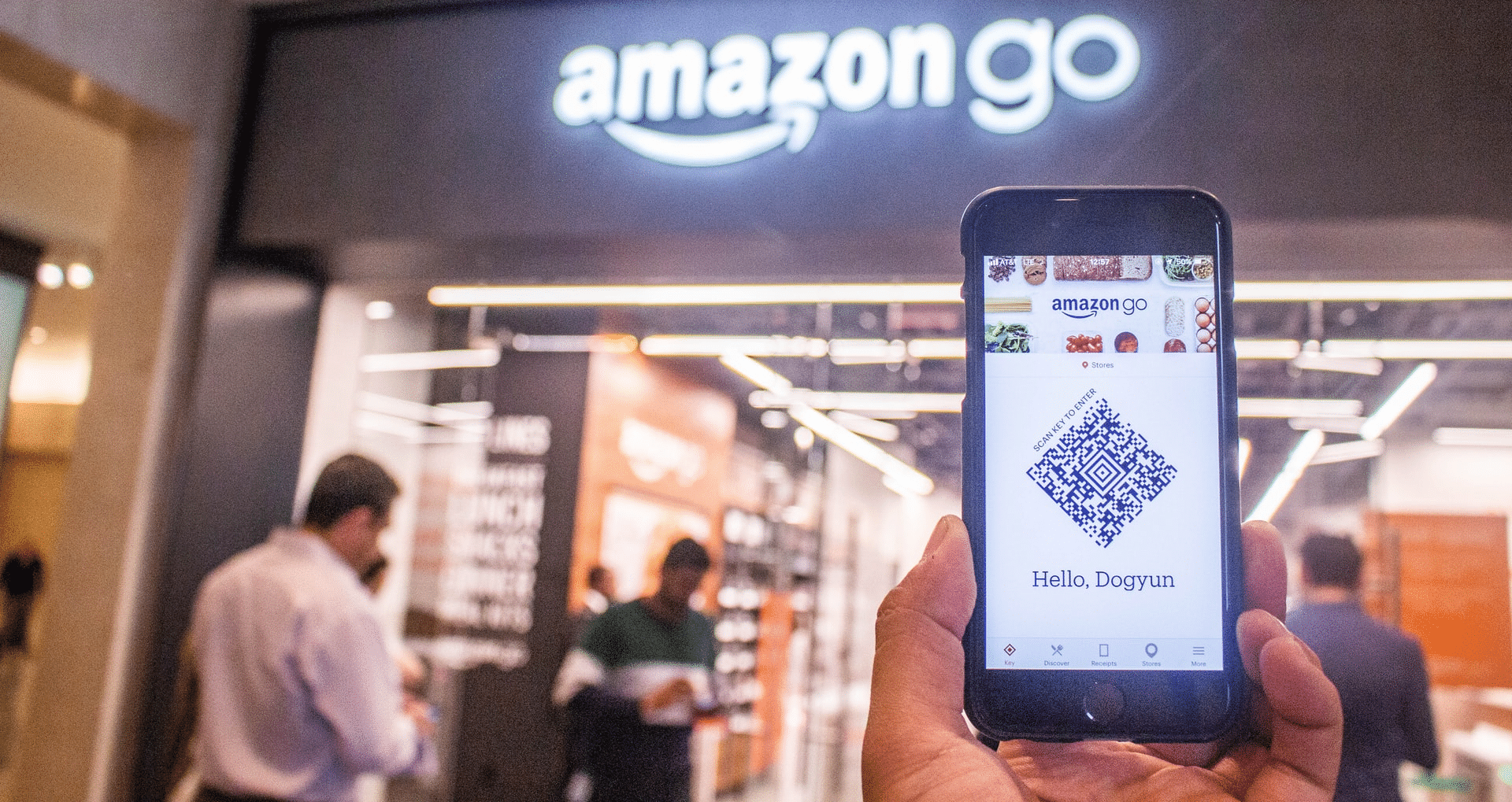We wanted to get clarity on the most pressing questions regarding mobile payments and customer loyalty, so we approached Nick Chambers, Managing Director of Mobile Loyalty Technologies Ltd in the UK for answers and insights. Nick is an acknowledged expert in digital customer engagement, with over a decade of experience providing services and technology in all aspects of consumer loyalty and payments.
Nick is a member of Customer Strategy Network, a Certified Loyalty Marketing Professional™, and a Guest Lecturer at The Loyalty Academy.
The questions and answers which follow are taken from a recent, yet unpublished interview with Nick and a leading global loyalty technology vendor on the future of mobile enabled loyalty and payments.
Q: To get started, can you share some insights on the market size and growth of mobile payments?
Nick Chambers (NC): As to the overall growth of mobile, it is phenomenal. A new report from Finaria, a finance and investment company, estimates that the mobile wallet industry will grow to $2.4 trillion this year, a 24% increase from last year. The report forecasts that the market will grow to $3.5 trillion in value by 2023.
The average annual value for mobile point-of-sale transactions per user is $1,670 in 2021, a 25% bump compared to 2019. Over the next two years, the average transaction value is expected to grow by 22% to $2,051, per the report.
Though Asian countries, especially China, are leading the way in mobile payments, the U.S. mobile payments market is the second largest at $465.1 billion worth of transactions. The U.S. market is slated to grow by 49% to $698 billion in 2023, according to the report.
If we haven’t already, we must make mobile a foundational aspect of every loyalty initiative from today forward.
Q: What do you think about associating loyalty programs with new payment services and hiding payment processes from the consumers as e.g., Amazon does?
NC: In my view, combining mobile payments and loyalty represents the future for customer engagement. The delivery of a great customer experience demands that loyalty and promotional programs become seamless parts of the payment process rather than accessed as a separate customer journey.
Chinese super-apps such as WeChat and Alipay have already fully integrated payment and loyalty offers. It will be interesting to see how the inclusion of consumer receipts within European Bank Apps leads the way for new merchant coalition programs based on access to basket spend at scale.
Q: It seems that if you don't have a mobile phone, you can’t be in a B2C program. Have we arrived at the point where loyalty and mobile are synonymous?
NC: I’m not sure if this is quite true. Legacy programs such as the Nectar program in the UK essentially remain card-based despite their best efforts to change consumer behaviour through the introduction of a loyalty app.
What is certain, all new programs should adopt a mobile first approach to design and operation. Whilst much time and resource is spent on the UX for these programs, equally as important is the connectivity of the mobile app with key 3rd party systems such as the point-of-sale devices or customer data platforms.
Q: What can mobile applications give us beyond payments? Have we overlooked the benefits of gamification?
NC: Everyone is talking about gamification and so you might think it’s an essential element of a mobile and loyalty app offering. While we have witnessed plenty of interesting initiatives, especially in the field of Artificial Intelligence, I believe there is room for the technology to improve along with device battery life and access to free data.
Rather than just being about cool tech, any gamification element needs to be an intrinsic part of the customer journey. At present many gamification initiatives are simply ‘bolt on’ rather than fully integrated within the customer experience.
Q: Gen Z is quickly establishing itself as the demographic segment with greatest purchasing power. How can mobile help to engage this group?
NC: To reach this group, any engagement must take place on those platforms where Gen Z already interact and choose to purchase. Rather than seeing mobile as an extension of an existing loyalty program mechanic, for example to identify a program member at the point-of-sale, brands should be thinking of meeting Gen Z where they prefer to learn and shop.
For me, any interaction with a ‘new’ type of loyalty mechanic must be on messaging and social media platforms. It will be interesting to see how loyalty techniques will be used to influence the behaviour of Gen Z consumers in relation to live streaming and conversational commerce as well as peer to peer payments.
Q: What is the impact of the implementation of the mobile application in the program on the program metrics? Is it profitable and by how much?
NC: As we have seen with the Nectar program, unless the card component is completely removed from the program, it is difficult for these programs to drive member adoption of a new mobile element. Rather than representing a cost saving and engagement tool, it can lead to added complexity and duplication in the customer experience.
It’s better to redesign every element of the program from a mobile first perspective. Lidl, Tescos Pay, and Amazon Go are all good examples of programs with new developments based on this mobile first approach.


